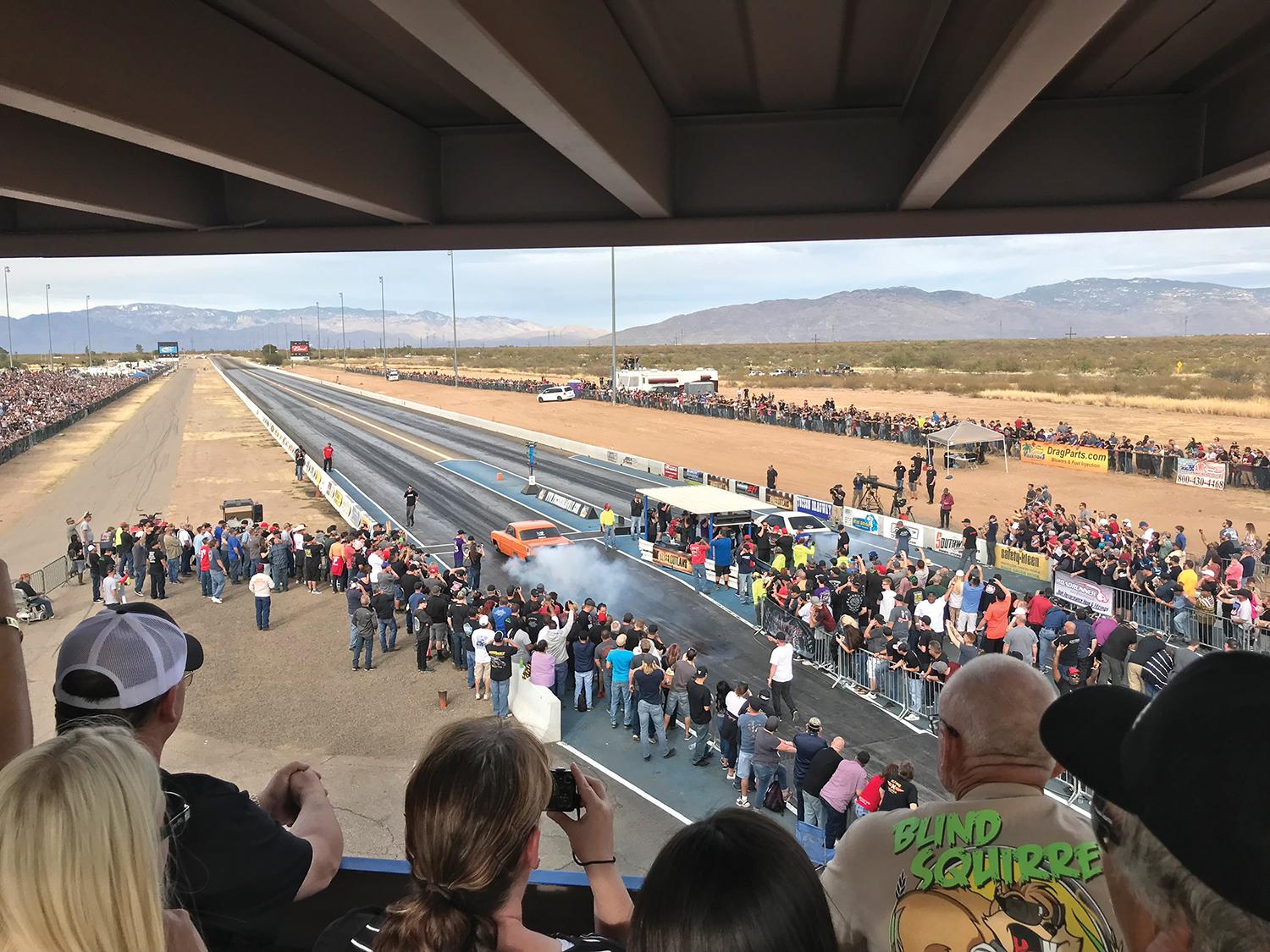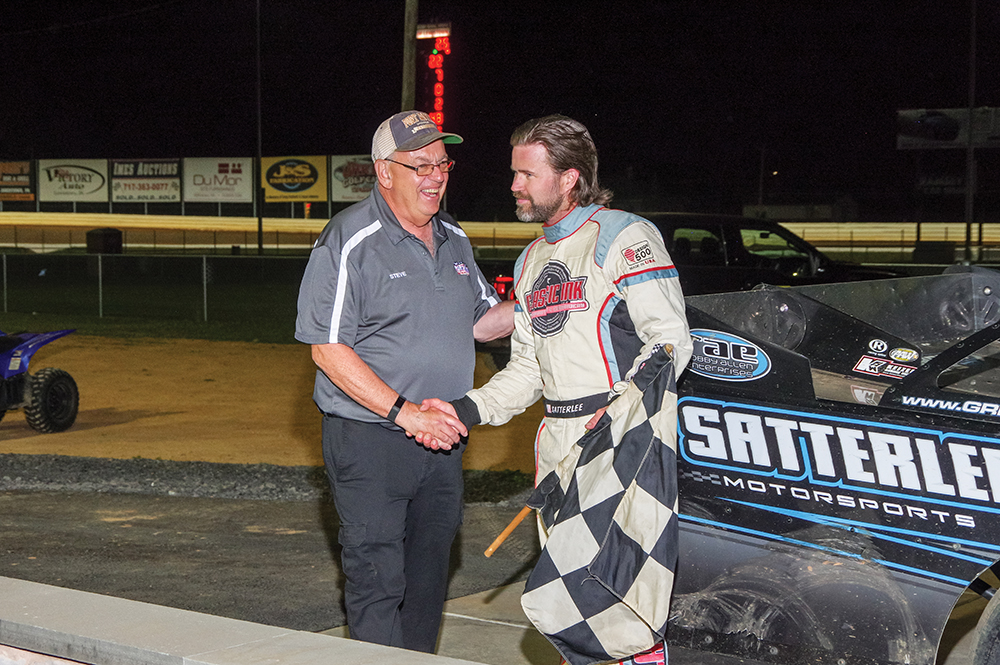Stop Doing That…Do This Instead: Track Management

The team at Arizona’s Tucson Dragway, at left, keeps close tabs on the number of classes it runs. A simplified structure and working relationships with its racers gives them the opportunity to run competitively with minimal hassle and expense, according to Matt DeYoung.
Sage advice for race track promoters and managers ahead of the 2021 racing season.
The offseason is an opportunity to reassess. For race teams that could equate to a thorough teardown of the car in pursuit of more performance, or perhaps a chance to eliminate nagging reliability issues. Drivers might use the time to work on their technique or focus on other aspects of their program that have been neglected. Ultimately, that downtime is an opportunity to identify ways to enhance their program so they can come out swinging next year.
Track operators and promoters typically use those winter months similarly, as it gives them a chance to reflect on the previous race season and determine where tweaks can be made to increase car counts and put fans in the stands. But change isn’t always a good thing, and some common missteps leading into a new season can actually have the opposite effect.
“One mistake I see people making a lot is running too many divisions,” said Steve O’Neal of Pennsylvania’s Port Royal Speedway. “Maybe they had a season where some divisions weren’t really strong, so next year they decide they need to add more divisions to try to get more cars out there. I don’t think that approach works very often, and they’d actually be better off focusing on figuring out why the divisions they already have aren’t getting enough cars. So maybe instead of adding something, you actually drop something that isn’t performing well and consolidate.”
Matt DeYoung of Tucson Dragway in Tucson, Arizona, said that rather than creating classes to fit every car, organizers should consider simplifying the structure and work with racers directly to determine where they can run competitively with minimal hassle and expense. “Of course, we want as many people to come out and race as possible. But you don’t want to have a whole bunch of classes and only five cars running per class, so we generally don’t think that promoters should be building classes around a handful of cars. The successful series all take the time to work directly with racers to figure out how to fit their cars into a class, and the teams appreciate it because they know exactly what they need to do to be eligible to run where they want to.”
O’Neal also explained that when it comes to series growth, patience is a fundamental element of success. “My theory is that if you take the time to grow your divisions, you’re going to get people in the gate. Some promoters try to get too big too fast. When it comes to finances and logistics, you have to be in a situation where a bad weather day or something like that doesn’t have the potential to ruin your whole season or put you out of business. You have to grow into it.”

And he added that organizers should also take a similar approach with rule sets. “If you start changing too many rules too quickly, you can get into trouble really fast,” O’Neal said. “Those changes always cost money, and that can be frustrating for the teams involved. So, if you’ve got a good set of rules already established, make sure that a change really needs to be made before you do anything.”
Tucson Dragway owner Jim Hughes pointed out that frequent rule changes can also reflect poorly on a series. “It can have a negative connotation—people may perceive that the series is disorganized, or that you’re showing favoritism to some of the racers.”
DeYoung advised that, above all, organizers need to stay consistent. “For example, the folks who run Street Car Takeover and Import Faceoff always want to be here in the third weekend of March,” he explained. “Not only does that help the track with consistency, it helps competitors remember when they’re going to be in those regions for these races. The promoters that keep trying different months for their events each season seem to forget that people generally do not like it when things change all the time, and they tend to not be as successful.”
And those changes also increase the likelihood for scheduling conflicts, added Hughes. “It’s important for these promoters to work together to make sure that they don’t put the same type of races on top of each other at tracks that might only be a hundred miles from one another,” he said. “That’s why we try to keep a master schedule of what everybody on the West Coast and in the Midwest is running—that way we don’t bring in a promoter and give a date that may conflict with what one of our other promoters is doing nearby.”
O’Neal noted that ongoing communication with racers is essential. “The competitors are the ones who’re putting on the show for you. You’re going to get some people that you might not want to listen to, but you can’t do that with everybody—you’ve got to be approachable and at least listen to what they have to say,” he explained. “A lot of great ideas that we use today came directly from racers or promoters. If you don’t give them that chance to talk, you may miss out on something important.”
SOURCES
–
Port Royal Speedway
portroyalspeedway.com
Tucson Dragway
tucsondragway.com
 MEMBERSHIP LOGIN
MEMBERSHIP LOGIN JOIN PRI
JOIN PRI


